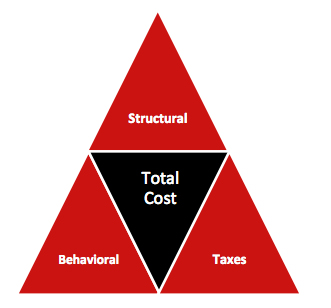The day the Buffet “value-investing” fanatics have been looking forward to all year, almost as much as the annual pilgrimage to Omaha, has finally arrived – hours ago Warren Buffett released his historic, 50th annual letter to shareholders, which is extra special because as the Oracle notes in the foreword, “Fifty years ago, today’s management took charge at Berkshire. For this Golden Anniversary, Warren Buffett and Charlie Munger each wrote his views of what has happened at Berkshire during the past 50 years and what each expects during the next 50.”
The foreword continues: “Neither changed a word of his commentary after reading what the other had written. Warren’s thoughts begin on page 24 and Charlie’s on page 39. Shareholders, particularly new ones, may find it useful to read those letters before reading the report on 2014, which begins below.” The result is the magnum opus of Berskshire letter, one which weighs in at 43 pages and a massive 25,100 words compared to “only” 24 pages and about 14,700 words last year, and 15,300 the year before. Almost as if Buffett is telegraphing that this may be his last letter and savoring the moment…
But first, some of the details of Berkshire’s performance, which was not quite the magnum opus Buffett may have expected, after Berkshire Hathaway posted lower earnings for the fourth quarter amid investment derivative gains of $192 million. (more…)


 “The game of speculation is the most uniformly fascinating game in the world. But it is not a game for the stupid, the mentally lazy, the man of inferior emotional balance, nor for the get-rich-quick adventurer. They will die poor.”
“The game of speculation is the most uniformly fascinating game in the world. But it is not a game for the stupid, the mentally lazy, the man of inferior emotional balance, nor for the get-rich-quick adventurer. They will die poor.”



